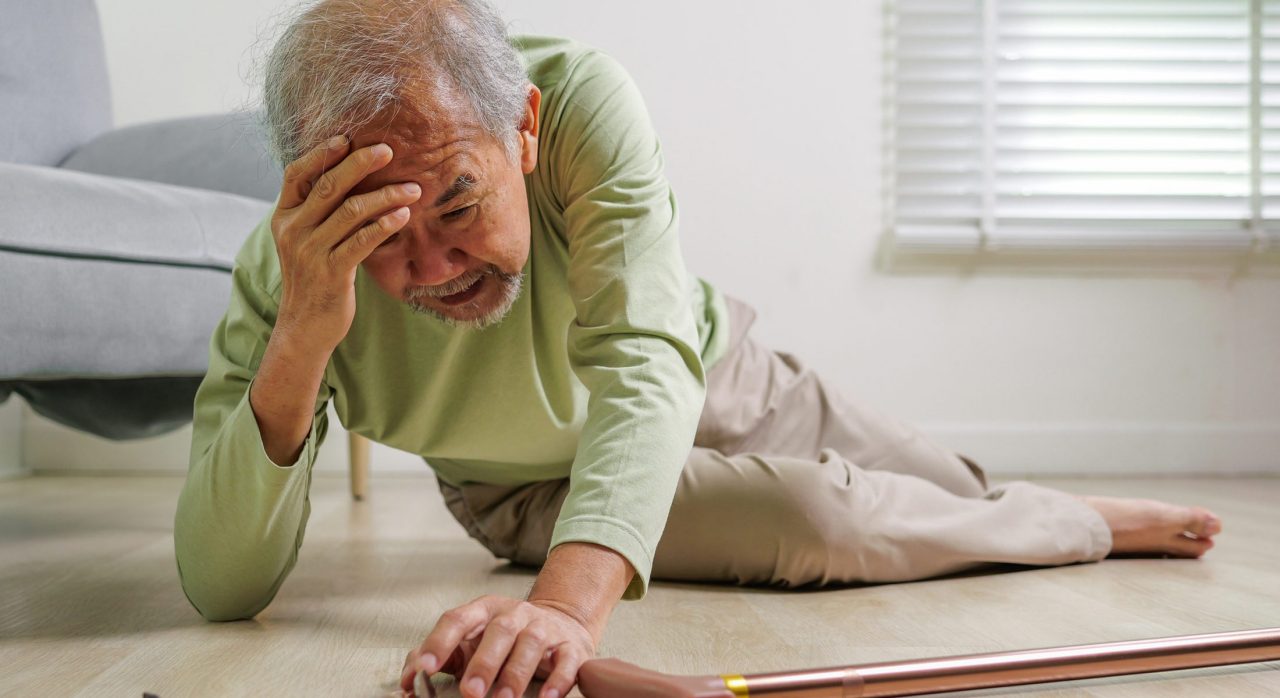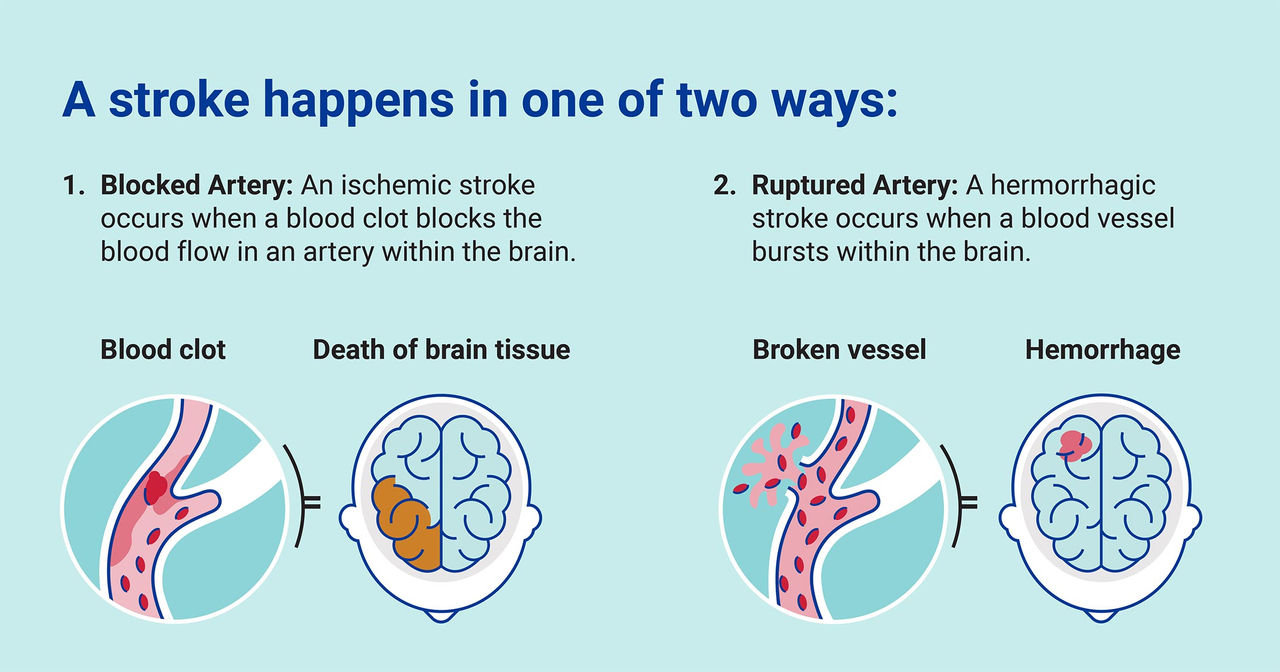-
- Find Care
-
- Visitor Information
- Find a Location
- Shuttles
- Visitor Policies
-
-
-
- Our Virtual Care Options
- Virtual Urgent Care
- Virtual Visits for Primary & Specialty Care
- Online Second Opinions
- Participate in Research
-
- Contact us
-
- For Innovators
- Commercialization Guide for Innovators
-
-
- Research News
- Alzheimer's Disease
- Artificial Intelligence
-
- Overview
-
- Overview
- Getting Started
- New to Mass General Brigham
- International Patient Services
- What Is Patient Gateway?
- Planning Your Visit
- Find a Doctor (opens link in new tab)
- Appointments
- Patient Resources
- Health & Wellness
- Flu, COVID-19, & RSV
- Billing & Insurance
- Financial Assistance
- Medicare and MassHealth ACOs
- Participate in Research
- Educational Resources
- Visitor Information
- Find a Location
- Shuttles
- Visitor Policies
- Find Care
-
- Overview
- Services & Specialties
- We’re One Against Cancer
- Primary Care
- Emergency Care
- Urgent Care
- Virtual Care & Virtual Urgent Care
- Healthcare at Home
- Heart & Vascular Care
- Mass General Brigham Community Physicians
- Rehabilitation
- Sports Medicine
- Hospitals
- Hospital Locations
- Information About Our Hospitals
-
- Overview
- Our Virtual Care Options
- Virtual Urgent Care
- Virtual Visits for Primary & Specialty Care
- Online Second Opinions
-
- Overview
- Participate in Research
-
- Overview
- About Innovation
- About
- Team
- News
- For Industry
- Venture Capital and Investments
- World Medical Innovation Forum (opens link in new tab)
- Featured Licensing Opportunities
- For Innovators
- Commercialization Guide for Innovators
- Contact us
-
- Overview
- Information for Researchers
- Compliance Office
- Research Cores
- Clinical Trials
- Advisory Services
- Featured Research
- Two Centuries of Breakthroughs
- Advances in Motion (opens link in new tab)
- Brigham on a Mission (opens link in new tab)
- Gene and Cell Therapy Institute
- Research News
- Alzheimer's Disease
- Artificial Intelligence
-
- Overview
-
- Overview
- Residency & fellowship programs
- Brigham and Women's Hospital
- Massachusetts General Hospital
- Mass Eye and Ear
- Newton-Wellesley Hospital
- Salem Hospital
- Integrated Mass General Brigham Programs
- Centers of Expertise
- Global & Community Health
- Health Policy & Management
- Healthcare Quality & Patient Safey
- Medical Education
- For trainees
- Prospective trainees
- Incoming trainees
- Current trainees
- Continuing Professional Development
What to Do If Someone Is Having a Stroke

Stroke is a leading cause of death and disability. According to the National Institutes of Health (NIH), about 795,000 people in the United States have strokes each year. They can happen to anyone at any age. While most strokes occur in older adults, almost 1 in 4 strokes affects people under 65.
A quick response is critical to limit damage from stroke. DaMarcus Baymon, MD, a Mass General Brigham emergency medicine doctor, outlines important steps that you can take immediately to identify stroke symptoms, and what to do if someone is having a stroke.
How to tell if someone is having a stroke: F.A.S.T.
Use the acronym F.A.S.T. to remember what to look for, and the importance of acting quickly:
Facial drooping
Arm weakness
Speech difficulties, and
Time
What does a stroke feel like?
The primary signs and symptoms of stroke are described by the F.A.S.T. acronym above, but other symptoms can include:
Dizziness or balance problems
Trouble walking
Blurred vision or loss of vision in one or both eyes
Severe headache with unknown cause
If you think you’re having a stroke, don’t drive yourself to the hospital or ask someone else to drive you. Call 9-1-1 if you feel the onset of these symptoms or if someone with you is reporting them.
Types of strokes
If you or someone you’re helping has a history of stroke, tell the emergency responders or doctors providing care. This information may help determine emergency treatment.
There are two types of strokes:
- Ischemic strokes. Nearly 9 in 10 strokes are ischemic. They result from a blood clot in the brain.
- Hemorrhagic strokes. These are caused by bleeding in the brain. This is usually due to a blood vessel or a brain aneurysm that breaks inside the brain and causes blood to leak out.
When someone has a stroke, it can be a frightening and uncertain situation. If you follow the F.A.S.T. steps, however, you can save a life or prevent serious disability for yourself or someone you care about. Following stroke, there are steps you or a loved one can take to help reduce risk of future strokes.

Stroke risks and prevention
You can lower the risk of stroke by making lifestyle changes. Here’s how:
Eat healthy foods, especially ones low in cholesterol. The Mediterranean diet is often cited as one rich in foods that help prevent stroke.
Quit smoking. Smoking raises blood pressure and contributes to coronary artery disease.
Limit alcohol consumption. Doctors recommend no more than two alcoholic drinks per day for men and one per day for women.
Exercise regularly. Doctors recommend 30 minutes a day of moderate to vigorous exercise that raises your heart rate, 5 days a week.
Maintain a healthy weight. Obesity is a major risk factor for stroke and other cardiovascular conditions.
Manage stress and anxiety. Stress and anxiety can also increase the risk for stroke. Activities such as meditation, cognitive behavioral therapy (CBT), or other calming practices help reduce the risk for stroke.
Monitor chronic health conditions and take prescribed medications. Conditions like high blood pressure, diabetes, heart disease, and high cholesterol all increase stroke risk. Take any medications your doctor prescribes to manage these conditions and keep risk for stroke under control.
